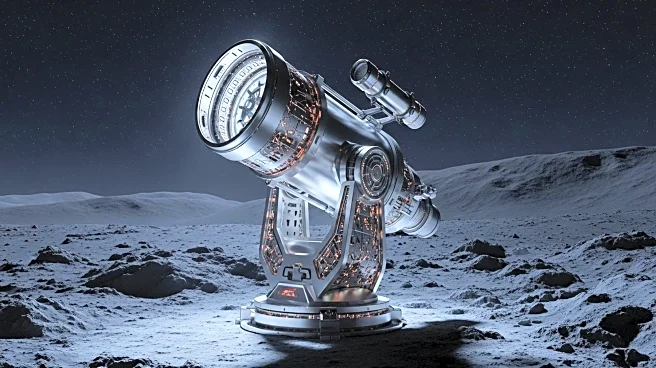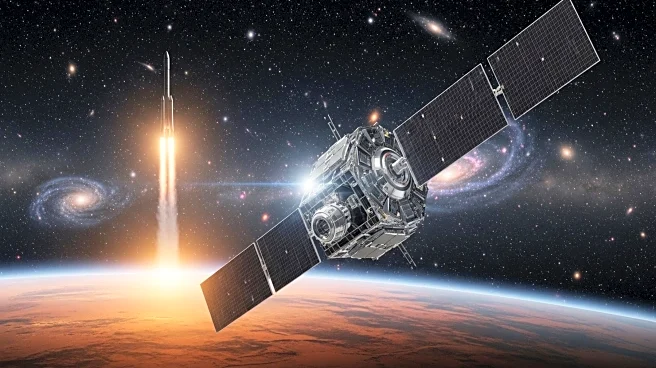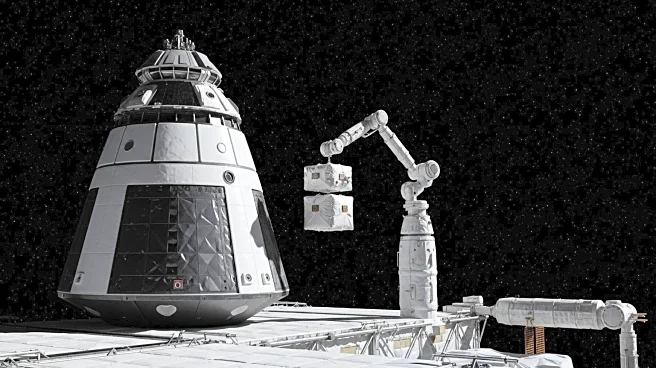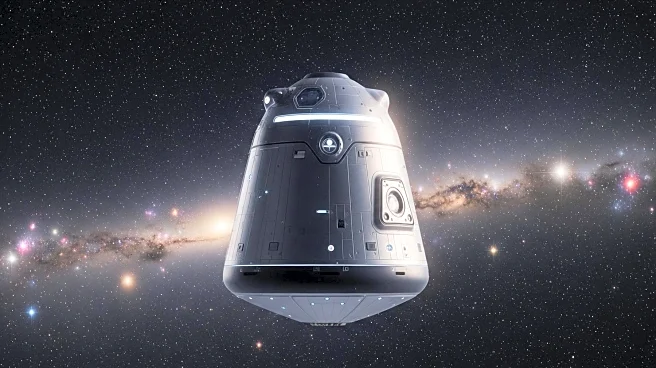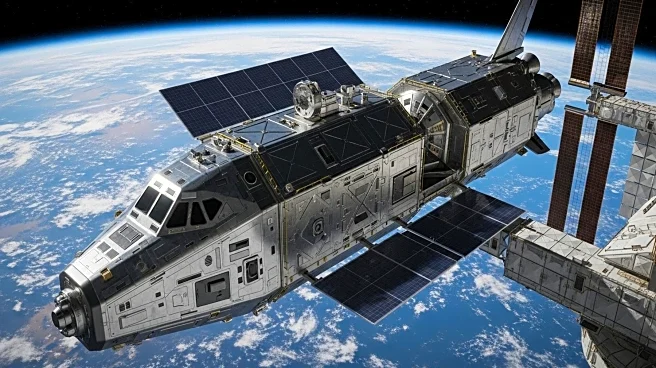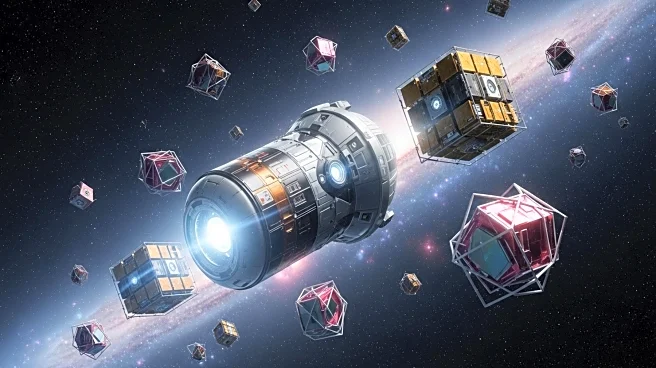What's Happening?
NASA is exploring the possibility of remotely operating lunar rovers from Earth, despite significant latency challenges. The Lunar Terrain Vehicle (LTV) developed by NASA contractor Lunar Outpost is designed for real-time teleoperations, allowing astronauts to control the rover from mission control on Earth. However, simulations conducted in 2023 revealed that latency, with a delay of six to eight seconds, poses challenges for remote operations. Astronauts found the experience of riding in a teleoperated rover to be uncomfortable and disconcerting, limiting its use to specific scenarios such as transporting incapacitated crew members.
Why It's Important?
The ability to remotely operate lunar rovers from Earth could revolutionize lunar exploration by reducing the need for human presence on the Moon. This approach could enhance safety and efficiency, allowing for more extensive exploration and data collection. However, overcoming latency issues is crucial to ensure effective remote operations. Successful implementation could lead to advancements in teleoperation technology, benefiting not only lunar missions but also other remote exploration endeavors.
What's Next?
NASA plans to debut the teleoperated Lunar Terrain Vehicle during the Artemis V mission, scheduled for 2030. Further research and development are needed to address latency challenges and improve the feasibility of remote operations. Collaboration with industry partners and advancements in communication technology will be key to achieving successful teleoperation of lunar rovers.

